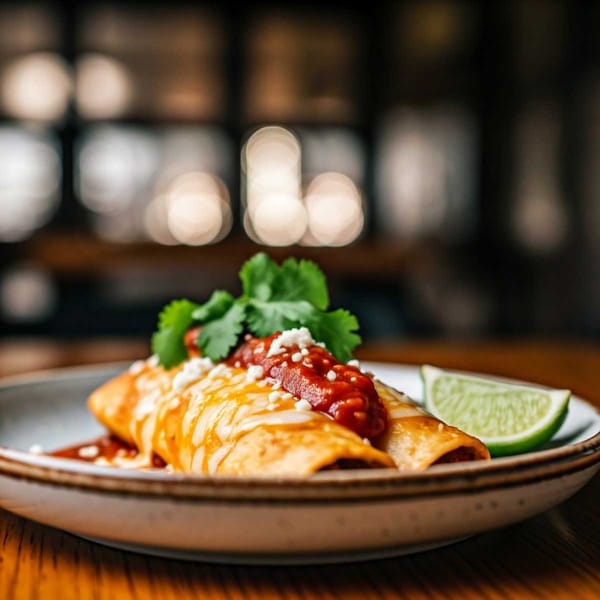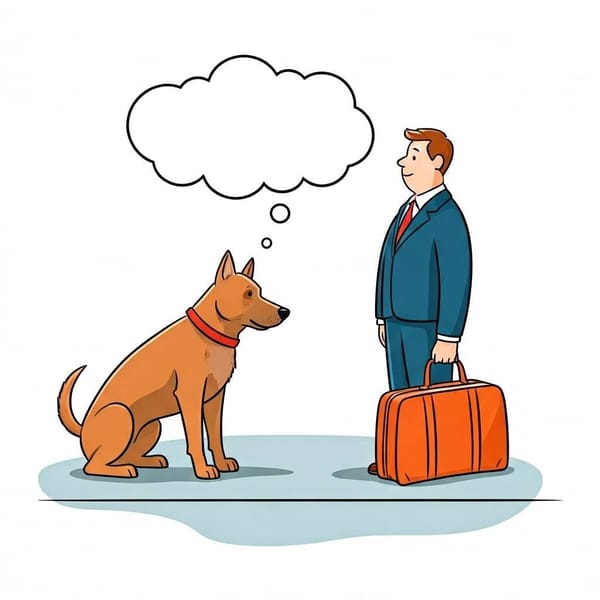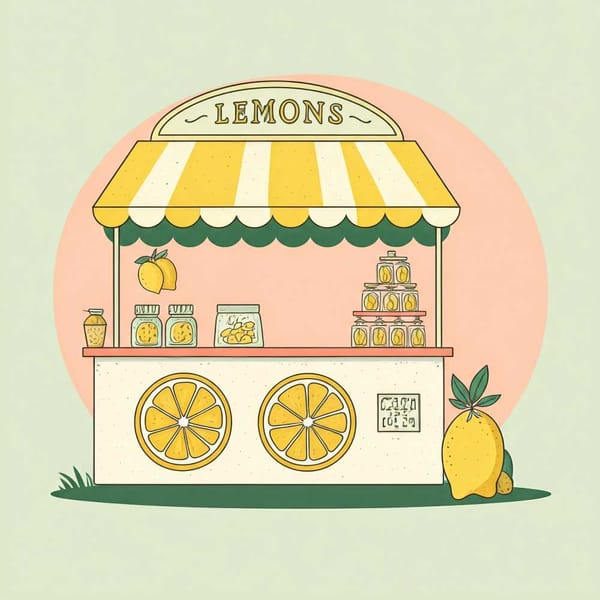What happens if you join the rings of the 1, 2, 5, and 10 peso coins?
This is what happens if you join the rings of the 1, 2, 5, and 10 peso coins.

The coins that you carry every day in your pocket have symbols linked to the history of our country that you probably did not observe, specifically to the pre-Hispanic era. The astronomical knowledge of the Aztecs was captured in the Piedra del Sol, which is divided into circles that contain different chronological meanings. For the Aztecs, it was the representation of a cosmogonic conception of cyclical time. But how was this adapted to current currencies?
One peso: fourth circle (ring of glow)
The coin of one peso has the outline or peripheral ring the fourth circle of the Aztec stone, formed by the eight rays of the sun. It shows the relationship between the sun and Venus. This circle is composed of 40 squares with quinconces in each of them.
Two pesos: third circle (ring of days)
The coin of two pesos contains in its outline the third circle of the sunstone. It is composed of the 20 days of the month Mexica. The solar year of 365 days for Mexica was composed of 18 months of 20 days that correspond to the lunar calendar. The perfect correspondence between the two calendars was restored every 52 years when the two wheels of the calendar were reunited at their initial point. The 20 days of the month were similarly linked to the human body, in the Mayan and Nahuatl traditions.
Five pesos: eighth circle (ring of snakes)
The five-peso coin carries on its shore the eighth circle of the sunstone. It is the circle of the Milky Way. The Piedra del Sol is limited by two semi-circles in the shape of burning snakes, Xiuhcoatl, representing the Milky Way. The two serpents are born from the hieroglyph of 13 Acatl which indicates the date of the celebration of the New Fire. The tails of the snakes, their scales (12 on each side), their heads, represent the different skies.
Ten pesos: central circle (central disc)
The coin of ten pesos in its center carries the central circle of the sunstone. Represented by the face of the Sun Olin Tonatiuh and his two claws, which take a few hearts to look at the universe. It is a symbol of vitality and "movement". Its language materialized by an obsidian knife symbolizes the sacrifice of oneself, source of vitality, and creation of the fifth era.
And the almost forgotten coins of 5, 10, 20, and 50 cents?
They also have reasons that refer to the Piedra del Sol, but to a lesser extent, for example, partial stylizations of solar rays in the 5 and 10 cents, acceptance ring stylization in the 20 cents, and partial stylization of Ácatl in the 50 cent coin. This implementation is not new, since the early nineteenth century the Mexican coin of 5 cents was made with a design extracted from the solar rays of the ring of the radiance of the Stone of the Sun. So if we join all these references, the result would be this.




